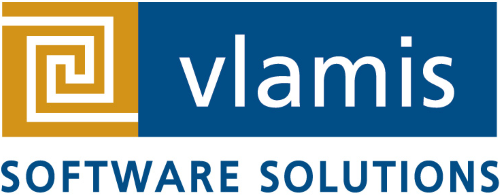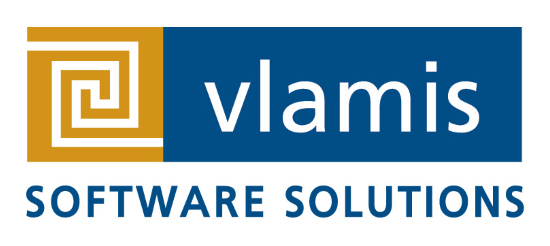I have been reading the tea leaves on this for quite some time now and it is finally official. The current version of BI Beans is the Terminal Release of the product! The Statement of Direction was released this morning on OTN on the BI site, click here. In general, Oracle gives three options for existing BI Beans customers:
-
- Use Oracle JDeveloper 11g and ADF Data Visualization Components
-
- Use Oracle BI Standard Edition (Discoverer)
-
- Use Oracle BI Enterprise Edition (BIEE +)
I would interject one more… Continue to use the existing BI Beans for now, support ends in 2011.
What does this really mean? Well for those that have developed applications for Oracle OLAP using BI Beans and that is an acceptable approach and all things are working, then nothing will change for now. If however, you want to connect to 11g OLAP (in 11g mode) and want new features and improvements then things will change.
We have several clients that are in the “Boat” and we have been assessing the options. BIEE for now is somewhat limiting in providing a feature rich OLAP experience. But that is changing with the 11g version, I know the dates have slipped but there is alot of great new things coming in 11g which will make things exciting. Should you move now? That depends on the organizational needs. Much of what we do with BI Beans can be done out of the box in BIEE Dashboards, but not all. It warrants an evaluation.
For many they BI Beans to begin with because an out of the box solution, like Discoverer, did not satisfy the requirements. This means that using JDeveloper 11g and the new ADF DVT components may be the solution. Let me be quite clear, there are no BI Beans in JDev 11g, there is no current Data Source for Oracle OLAP. That being said, I have been playing with for awhile now and I must say I am impressed. The new visual components are fantastic from a GUI standpoint. Can I do all the things I used to be able to do with BI Beans… I am not 100% there yet but getting there fast, looks promising. The big question is how to get the OLAP look and feel using standard SQL access to the data. Some of this is not a problem others may not be so simple. Additionally, I can also access several new data sources, BIEE, Answers and even Essbase (soon). This does make it much easier to mix data sources in the same application. This can actually be a positive thing. I hope to have a more comprehensive report on this option in then next few weeks.
The key to all of this is the fact that Oracle OLAP data is presented as SQL data and therefore can be accessed by relationally aware visualization tools, such as BIEE and JDEV. The statement of direction refers to using Oracle 11g OLAP but that is really not a requirement, just a recommendation. We have always been able to access the OLAP cube via SQL it just took creating OLAP Table views to see the data. Creation of these views is facilitated using Analytic Workspace Manager or simply crafting them manually. Creation of the views is an automatic process in Oracle 11g OLAP. It is true that creating a good performing view in 10g is tricky but it is not impossible. The 11g views do perform better in certain circumstances and they are much easier to maintain and adminster. These OLAP views, no matter how they are created, are being leveraged in OBIEE, JDeveloper, and any other reporting tools (i.e. BI Publisher) to produce performant reporting and ad-hoc query systems.
It looks like we finally have a decision on this matter and we can start moving forward. I will keep searching for the holy grail!



